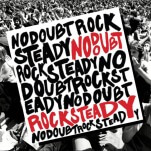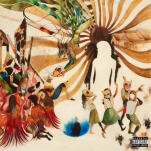Dune: An Appreciation at 50 Years
Illustration by John SchoenherrCalling Dune a science fiction novel is like calling A Song of Ice and Fire a fantasy series. You’d be correct, but you’d also be running the risk of reductionism. Like George R.R. Martin’s series, Frank Herbert’s novel bears many hallmarks of its overarching genre, but none of these get in the way of a compelling human narrative. There aren’t many aliens in Dune, and most of the space travel is over and done within the first third of the book. Sure, there are sandworms in the same way Martin’s epic has dragons, but Dune remains a story about people and power.
The novel revolves around a savior, a spice and a bunch of sand. Paul Atreides’ aristocratic father takes him to the planet Arrakis (known colloquially as Dune) under the pretense they will colonize it for the emperor. Arrakis is the only source of melange, a precious spice known to create mind-expanding and life-increasing possibilities—and nearly everyone in the empire is addicted to it. They quickly discover that Paul’s father was led into a trap by the family’s nemeses, the Harkonnens, and soon Paul is on the run with his mother throughout the parched landscape of his new home. When they happen upon the Fremen, a tribe of religious nomads, it becomes apparent that Paul fits the criteria of the messiah they’ve been awaiting.
On the surface, there’s enough jargon in that synopsis to convince any sci-fi skeptic to remain skeptical. What sets Herbert’s novel against the grain is his innate understanding of the ways and means power is sought and divided amongst human beings. Paul, as the hero of the story, remains the furthest from corruption. The Harkonnens rest at the other end of the spectrum, drunk on the idea of destroying Paul’s family to increase their own land and resources. What makes the narrative compelling is how Herbert manages to paint in shades of grey, even as his tale, on the surface, is one of black and white.
-

-

-

-

-

-

-

-

-

-

-

-

-

-

-

-

-

-

-

-

-

-

-

-

-

-

-

-

-

-

-

-

-

-

-

-

-

-

-

-








































